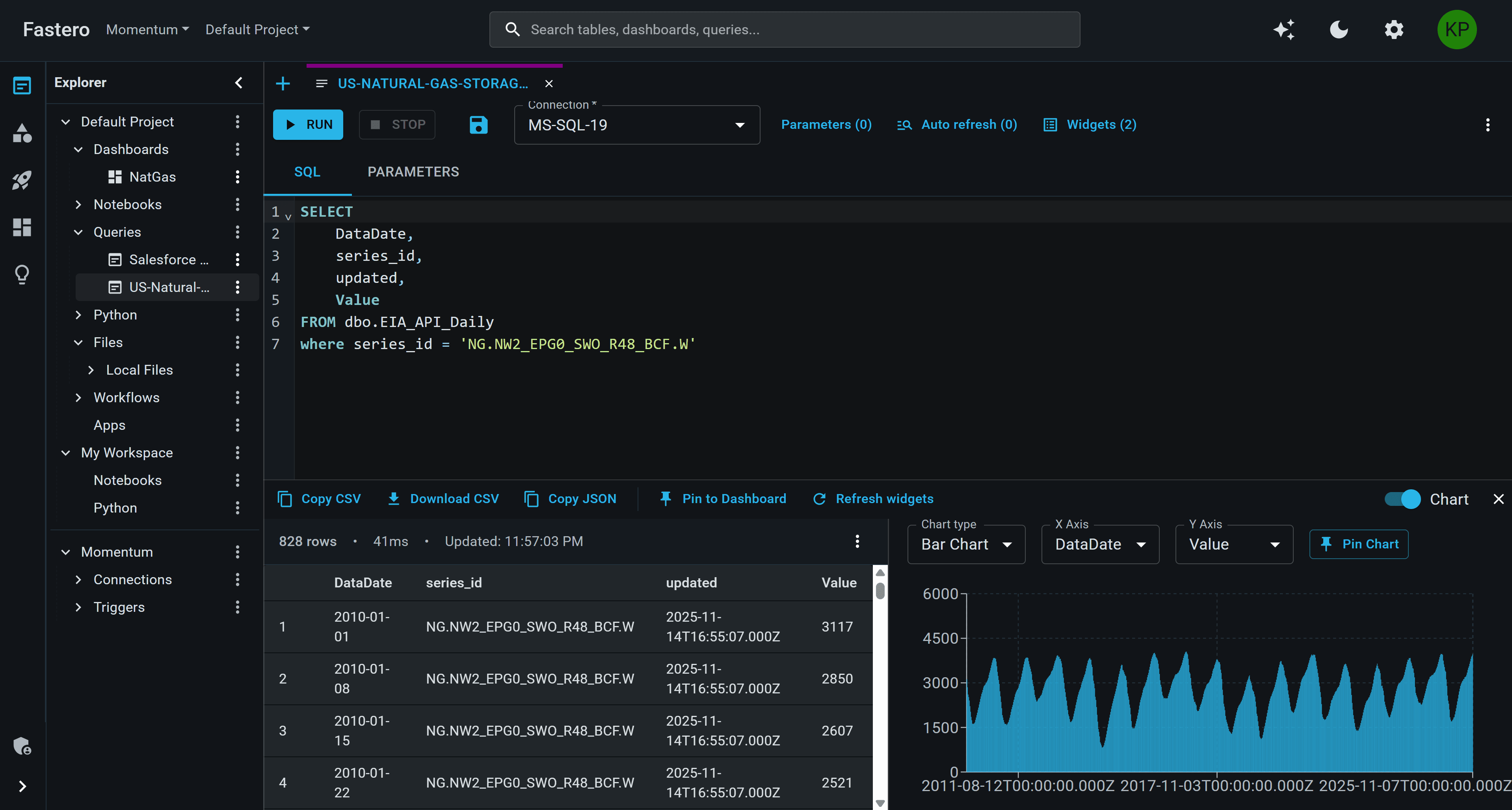Workbench
Ship data products faster with Git-native SQL, notebooks, and dashboards—governed by default, built for production.

SQL editor, Git status, lineage tracking, and approval workflows—all in one interface
Everything you need, no context switching
Develop SQL, Python notebooks, and dashboards in a unified environment—with version control, lineage tracking, and collaboration baked in.
SQL Editor
Write queries with syntax highlighting, autocomplete, and instant results. Every query is automatically versioned and tracked.
Python Notebooks
Mix SQL and Python cells with inline visualization. Managed runtimes mean no more kernel crashes or resource limits.
Interactive Dashboards
Build visualizations and reports directly from queries. Lineage tracking shows exactly which dashboards use which data.
Git Integration
Two-way sync with GitHub, GitLab, or Bitbucket. Branch, merge, and review changes just like code—no more JSON conflicts.
Semantic Layer
Define metrics, glossary terms, and catalog entries once. AI assistance respects your business definitions.
Secrets Management
Centralized secret management with scope inheritance. No more hardcoded credentials or scattered API keys.
Collaborate with confidence
Version-controlled collaboration with comment threads and approval workflows—no more overwriting each other's work or manual review processes.
Version-controlled collaboration
Every save creates a version. See change history, compare versions, and roll back instantly. Git sync keeps your team aligned.
Threaded comments
Discuss queries, notebooks, and dashboards inline. Tag teammates, resolve threads, and keep context close to code.
Approval workflows
Submit queries and notebooks for review before promoting to production. Guardrail policies run automatically—no manual checklists.
Lineage tracking
See which dashboards, apps, and workflows use this query or notebook. Track dependencies automatically from source to consumer.
Jane Doe
Updated sales_summary.sql
Comment on line 42:
"Should we filter out test accounts here?"
Mike Smith
Replied to comment
"Good catch! I'll add that filter now."
Deploy with confidence
Lock production workflows to specific versions. Automated guardrail checks catch issues before they reach users. Every change is audited.
Version locking
Production workflows reference specific notebook versions—never worry about dev changes breaking scheduled reports.
Automated guardrails
Policy checks run before deployment: query cost limits, data access rules, compute quotas all enforced automatically.
Complete audit trail
Every query, notebook run, and approval is logged. Meet SOC 2, HIPAA, and GDPR requirements with zero configuration.
Lineage tracking
See the full dependency graph—from source tables through queries to dashboards and apps. Impact analysis in seconds.
Cost visibility
Track compute spend per query, notebook, and user. Set alerts for cost overruns before they hit your bill.
Runtime management
Warm pools, auto-scaling, and idle culling keep performance high and costs low. No manual tuning needed.
How teams use Workbench
Analytics Engineering
Build governed metrics
Define semantic metrics in the catalog, build dbt models with lineage, and promote to production with approval workflows.
Data Science
Productionize notebooks
Prototype in notebooks with managed runtimes, register models with MLflow (coming soon), and deploy as scheduled workflows or hosted apps.
Business Analysts
Self-service with guardrails
Query data with AI assistance, build dashboards from semantic metrics, and publish insights—all while respecting access policies.
Common questions
How does Git sync work with notebooks?
Fastero stores notebooks in a merge-friendly JSON format that plays nicely with Git. When you commit, we automatically sync to your repo. When teammates push changes, they appear in your Workbench instantly. Conflicts are rare, and when they happen, we show a visual diff to resolve them.
Can I use my existing Git repo?
Yes! Connect your GitHub, GitLab, or Bitbucket repo in seconds. Fastero syncs bidirectionally, so you can edit notebooks in the Workbench or in your IDE—changes flow both ways.
What happens if two people edit the same query?
Every save creates a new version, so no work is lost. If you both edit simultaneously, the last save wins—but you can compare versions and merge changes manually if needed. Git sync also provides a review layer to catch conflicts before they reach production.
How do I promote a notebook to production?
Open the notebook, click "Request Approval," and assign reviewers. They'll see a diff of your changes, run guardrail checks (cost limits, access policies, etc.), and approve or reject. Once approved, the notebook version is locked and can be referenced by workflows or apps.
Ready to ship data products faster?
Start a 30-day trial and see how Workbench helps your team collaborate, deploy, and govern data products—all in one place.